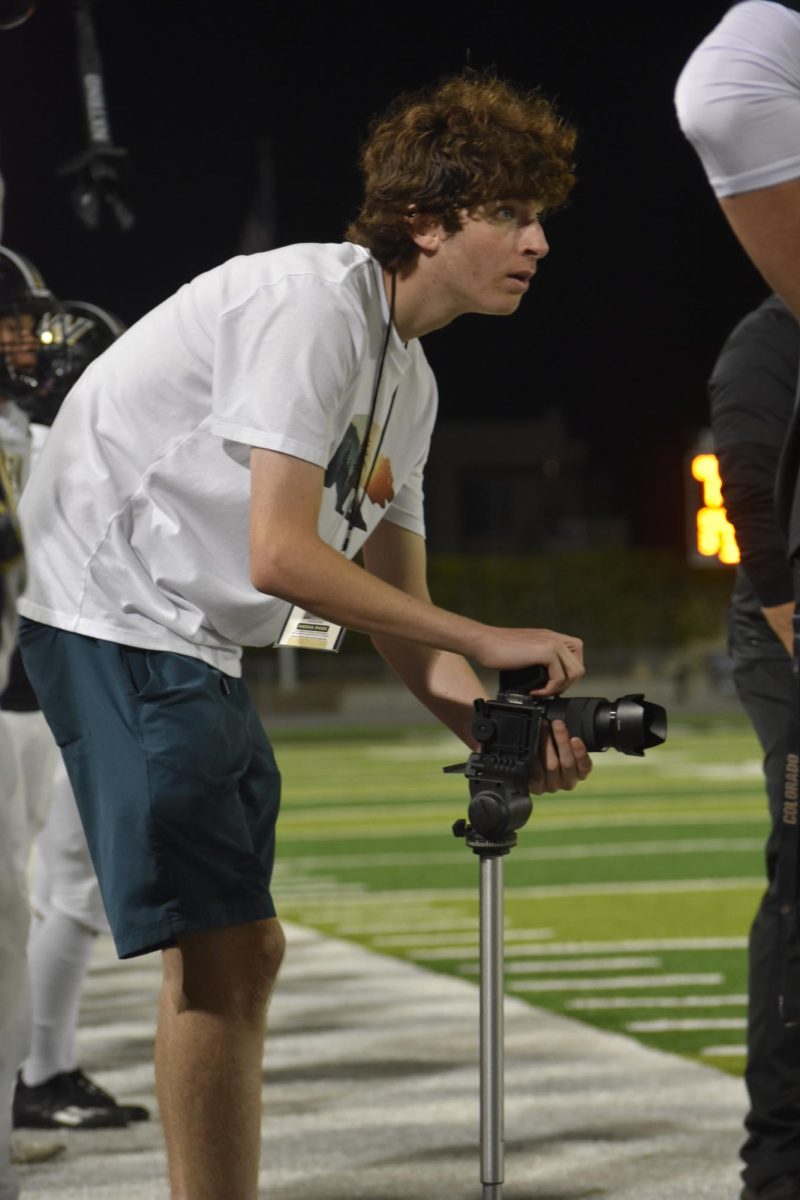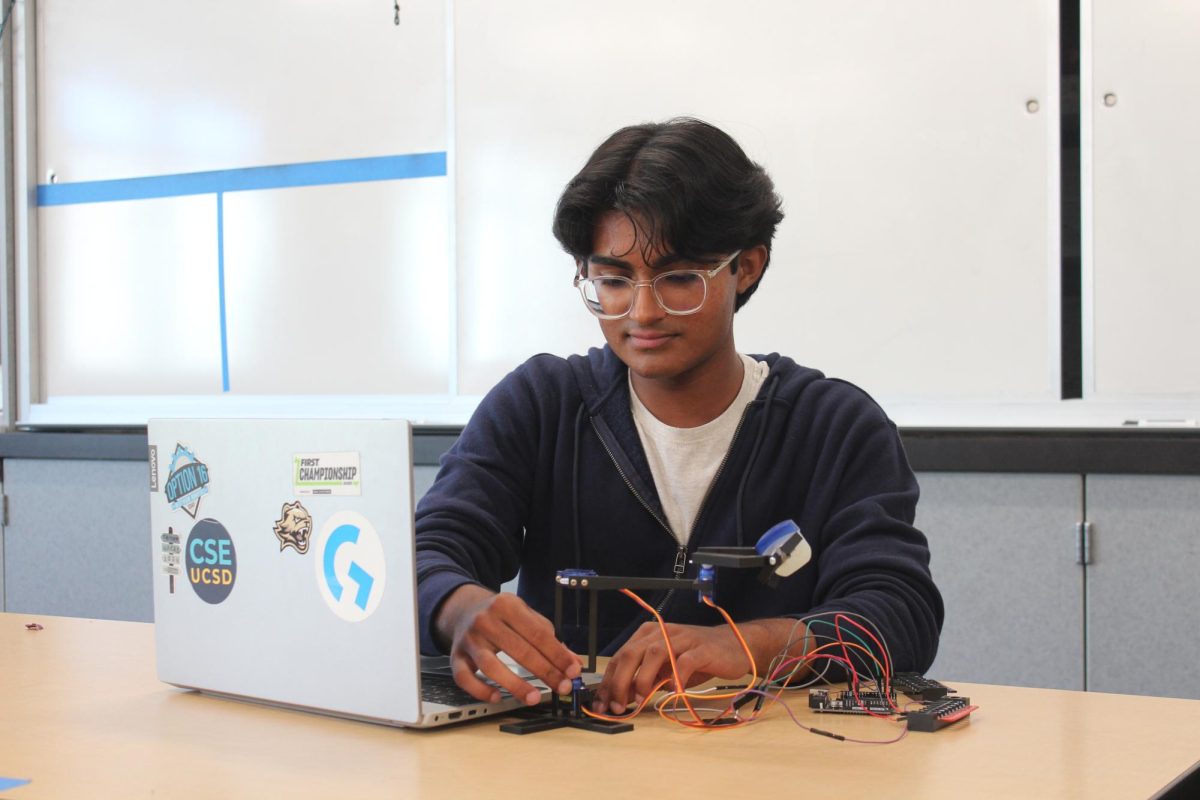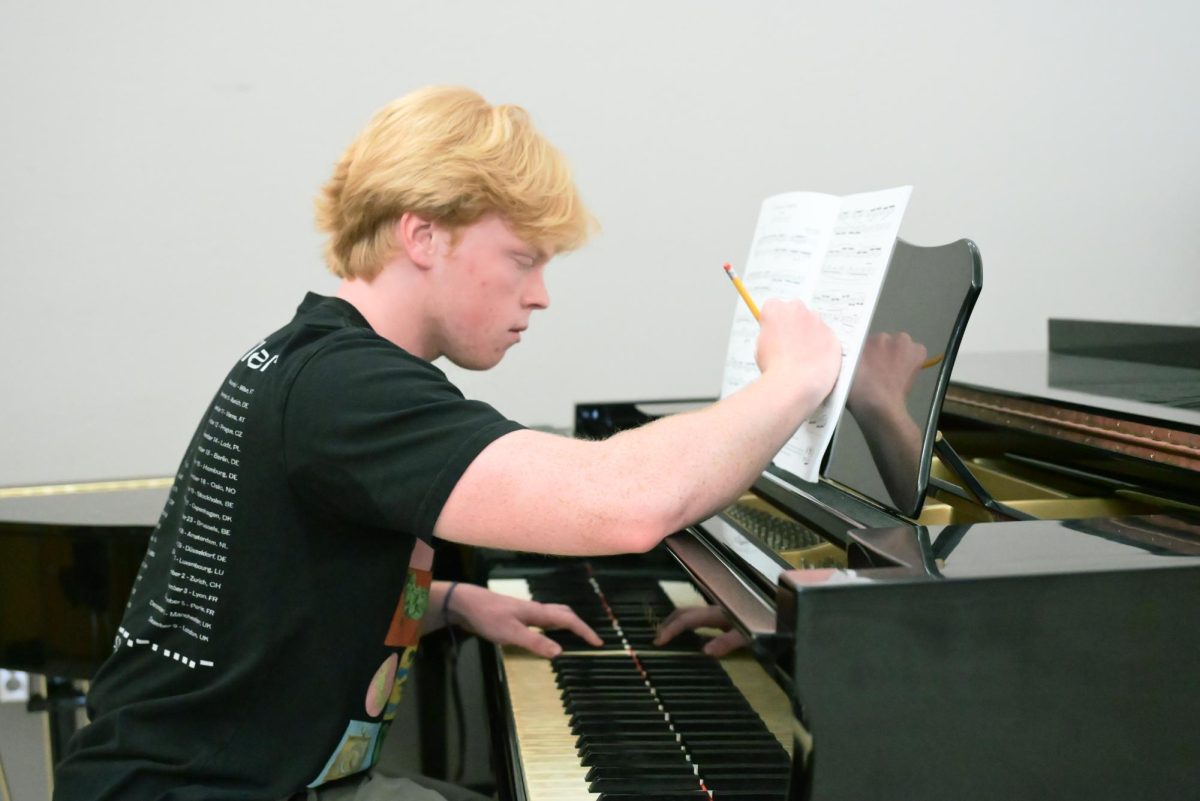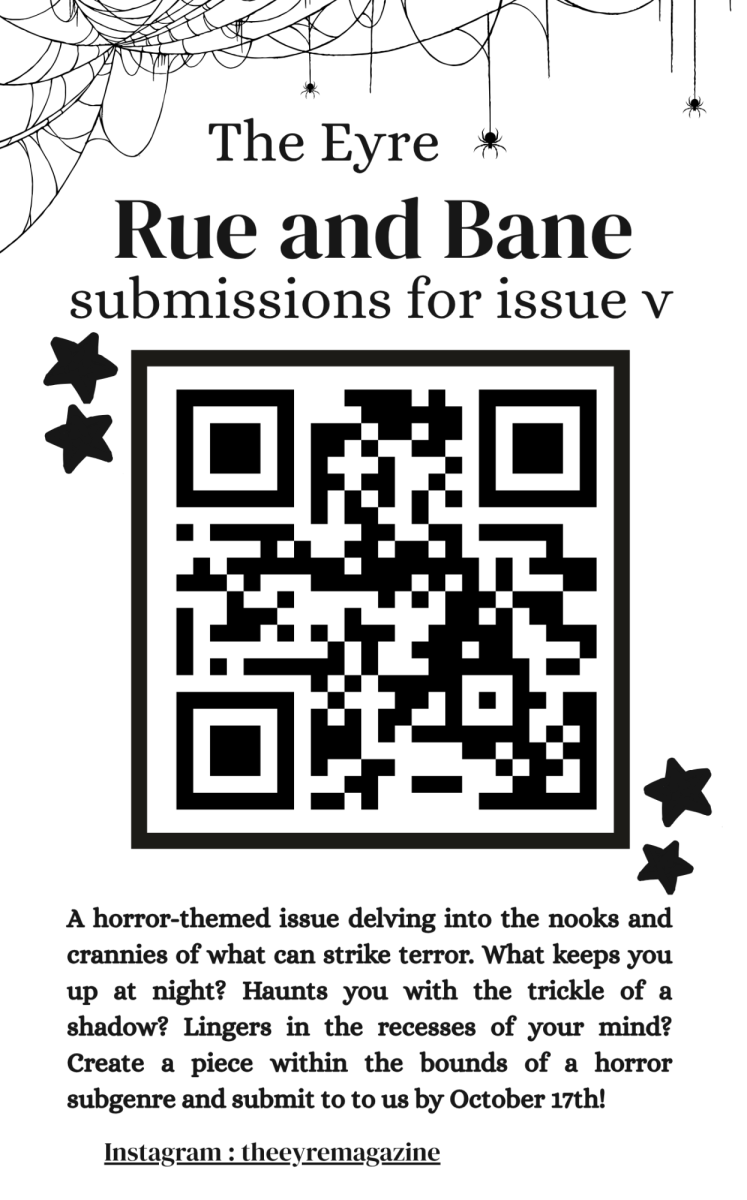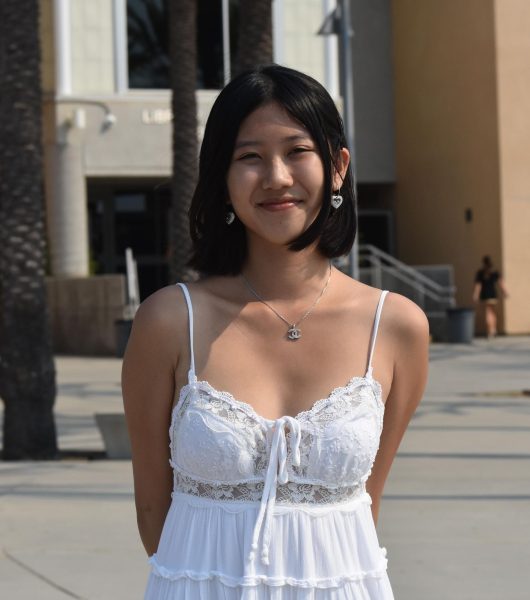Connor Pietsch (11) felt a faint tremble in his hands as he shifted his Sony a6700 camera ever so slightly to capture the first play of Friday’s football game, Sept. 13. Surrounded by a crowd of Westview football players and coaches on the sidelines of Oceanside High School’s field, he eyed the quarterback ready himself to make the next move, the ball clutched in his grip. On instinct, Pietsch swerved his monopod left towards a nearby wide receiver, just as the ball came barreling in his direction. The player sprinted to catch, successfully receiving it, before immediately being tackled to the ground. Pietsch looked down at his camera, replaying the scene he had just captured on film.
A triumphant smile formed on his face: it was the perfect shot.
“It’s just so satisfying,” Pietsch said. “It’s such an amazing feeling, [especially] when a few seconds later, a player will ask me if I got the shot, and I say yes and we both start screaming in excitement.”
As the videographer for the football team, Pietsch has attended every game since the season began, recording each and every play and compiling the highlights together.
His passion for being behind the camera started in 2019.
“At the beginning of sixth grade, I joined a photography class essentially because I needed an elective that year and I didn’t really know what else to do,” Pietsch said. “We literally just used our phones, but I really enjoyed it. Soon, I just began taking photos everywhere.”
Captivated by the camera, Pietsch transitioned into videography in 2023. Editing videos together became an enjoyable pastime and he began to take pride in sharing his work with those around him.
“I started making videos for my friend and filming family events or vacations,” Pietsch said. “I would make little collages afterwards and it was just really fun.”
Pietsch’s interest only grew from there. Wanting to get more technical experience in the art, he joined Photography 1-2 and developed his skills in using a more advanced camera.
“For the first two or three years, I was really just using my phone because that’s what my middle-school classes used,” he said. “But, when I joined Photography 1-2, I really got to learn how to use a DSLR camera. It was a huge shift and I remember being so scared of the manual mode. But, the teacher forced us to use it and after I got the hang of it, being on [manual mode] became pretty easy and my shots came out much better.”
Pietsch was later able to apply these skills practically when the Westview Theatre Company asked him to photograph and video their shows.
“I was in theater in my sophomore year of high school and worked on the sound crew,” he said. “This was completely unrelated to videography. But, one time, one of our directors saw me with my camera and asked if I would be willing to take photos of the performances. I was happy to, and the shots ended up coming out really good. Then they asked me to do it again and also to record as well. It just kicked off from there.”
Pietsch, gaining confidence in his abilities through these experiences, was continuously eager to learn. Therefore, when he saw an opening for a videographer position on the football team, Pietsch knew he had to apply.
“Over the summer, I heard that the old videographer and photographer for the football team had graduated,” Pietsch said. “Though I had no experience in sports videography, I emailed the head coach, [Mitchell Donnelly], and he was open to talking with me further about it. I actually ended up getting approved to video the day before their first game.”
Pietsch said it was a harsh learning curve, to be thrown into sports videography so suddenly. Compared to theater, there was much more movement and unpredictability.
“It was difficult, to say the least,” he said. “At the first home game, I realized how out of my comfort zone I was. I know the theater. You stay in one spot. The stage is right in front of you, whereas in sports, you have to be constantly on the move. It was so much more fast-paced and the lighting on the field made adjusting the settings on manual difficult to get right. In theater also, there was a script and stage directions, but in football, you don’t know what’s going to happen next. Is someone going to get tackled, run across the field, or get a touchdown?
Another hardship he faced concerned the monopod he used to stabilize his camera.
“For the game against Mount Carmel [on Sept. 6], I struggled with my monopod,” Pietsch said. “The thing is, with the monopod, you can’t really angle it that much without going super far back. So, what I would do is I would keep the mounting plate screw loose so that I could turn and adjust it easily. But, after every 10-15 minutes, I would have to take it off and tighten it again. So, there was this one part during a really good play where I was trying to tighten it and it wouldn’t go in. I was freaking out and the second it finally locks in, the [Westview player] catches the ball and I missed the entire shot. One time, the camera just fell off the monopod as well, mid-shot.”
However, Pietsch persevered, training himself through each game. As he began to anticipate plays, his videography improved immensely.
“It’s a learning experience in every game and something unpredictable always happens, but it has slowly gotten better,” he said. “Before this, I wasn’t really interested in football, but now I’ve been watching practices and games on TV to help [familiarize myself with] the sport. I learned to time my readjustments with my monopod to parts that were less climatic and I’ve been anticipating different catches and tackles.”
Off the field, Pietsch still has much work to do. After Friday night games, his weekends are filled with hours upon hours of looking through footage, compiling and editing his shots into digestible reels. Pietsch said one of his most tedious processes is color grading.
“A one-minute-long video usually takes me, on average, about 10 hours spanned across two-and-a-half days,” he said. “Specifically, I have to color grade each shot because the way my camera films is in S-Log3, a type of video that gets a lot of colors. But when you first look at it, it looks very bleached out and almost greyscale. So I have to go into the editor and adjust every single setting of color, like bringing up the hue in the midtone slightly, or lowering the blacks in the highlights; it’s just a really long process. The first game I filmed took me hours because I had to do each individually, but afterwards, I created different presets of color-grading for different times and lightings: the JV games, when early evening sets in, when the sun sets at the beginning of varsity games, and night time.”
Pietsch also adds in background music and certain design elements to make the video more interesting.
“Syncing up the music is probably the hardest part for me,” he said. “You have to know when to speed up particular shots and slow down others. Something I’ve started doing as well is adding some of the song’s lyrics in the background. One specific scene took me hours to complete on Mt. Carmel video. Patrick Piec (12) tackles one of the players and celebrates after, and I thought it would be cool to put the text behind him. So, I had to draw out his outline for every individual frame and just for that four second clip, it was around 800 times I had to do this.”
An important part of his editing process, Pietsch said, is drawing reference from other videographers and applying it in his own stylized manner.
“I’ve looked at a lot of previous videos that have been posted for the football team as inspiration, as well as some from professional NFL teams,” he said. “I’ve studied them and taken editing ideas, which have helped me a lot to develop a sense of design. But, in the end, it’s just about figuring out what works and rewatching the footage constantly to see if it flows well.”
Pietsch looks forward to his future with the football team and as a videographer overall. According to him, there’s something inexplicable that draws him to the art form and doesn’t foresee himself stopping anytime soon.
“I can’t really explain it fully,” Pietsch said. “It was astounding to me how the camera could capture so many details into a singular image and how much emotion I could get in a video. I know it’s corny, but the way a story can be told through just a few pixels is just so amazing.”


